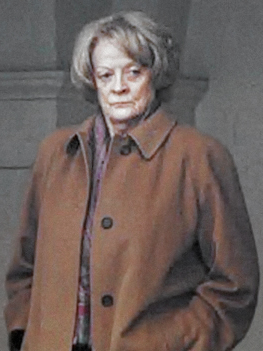
The world of theatre and cinema recently bid farewell to one of its most revered figures, Dame Maggie Smith, who passed away on September 27, 2024, at the age of 89. Her departure marked the end of an extraordinary career spanning over seven decades, leaving an indelible mark on stages and screens globally. A true titan of performance, Smith’s unparalleled ability to blend corrosive wit with unimpeachable gravitas made her a beloved and unforgettable presence.
From her earliest days treading the boards at the Oxford Playhouse to her defining roles as Professor Minerva McGonagall in the “Harry Potter” series and the Dowager Countess Violet Crawley in “Downton Abbey,” Smith demonstrated a remarkable range and an unwavering dedication to her craft. She garnered an astonishing array of accolades, including two Academy Awards, five BAFTA Awards, four Emmy Awards, three Golden Globe Awards, and a Tony Award, cementing her status as one of the few performers to achieve the Triple Crown of Acting. This legacy is not merely a collection of awards but a testament to her profound impact on audiences and fellow artists alike.
As we reflect on her monumental life, it becomes clear that Maggie Smith was more than just an actress; she was a cultural phenomenon whose work resonated across generations. Her unique blend of comedic timing and dramatic depth allowed her to inhabit characters that felt both deeply authentic and larger than life. This retrospective delves into the key milestones of her illustrious journey, celebrating the enduring artistry that defined Dame Maggie Smith.
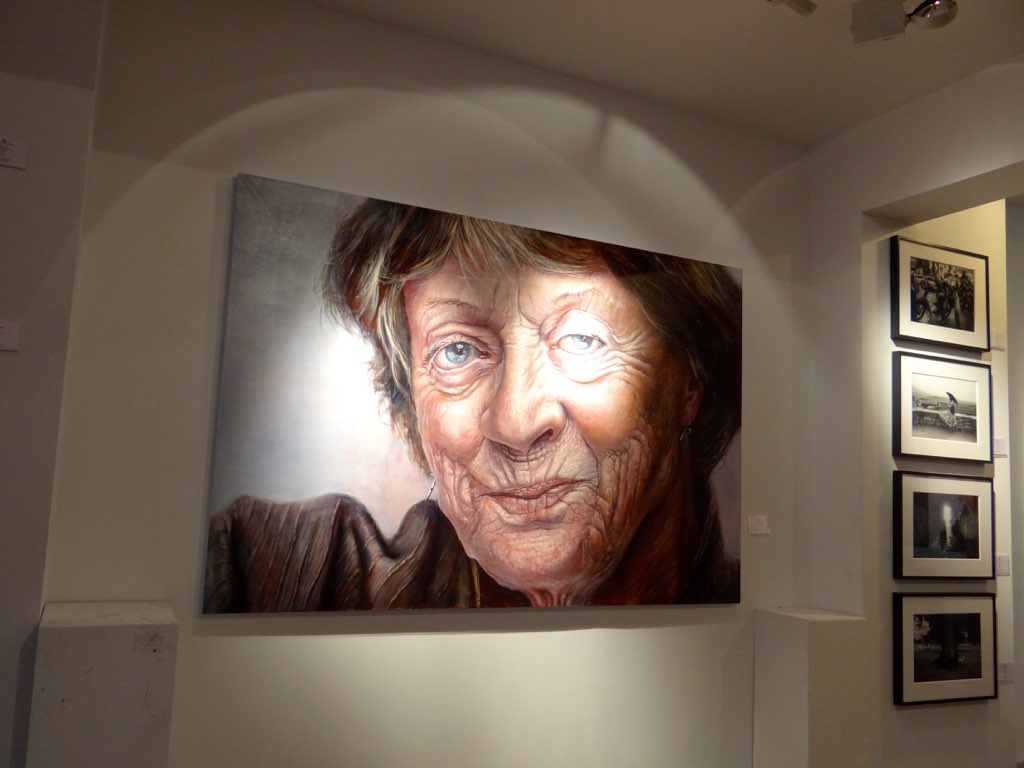
1. **Early Life and Genesis of a Legend**Margaret Natalie Smith was born on December 28, 1934, in Ilford, Es. Her foundational years were shaped by her Scottish mother, Margaret Hutton, a secretary from Glasgow, and her father, Nathaniel Smith, a public-health pathologist from Newcastle upon Tyne, who held a position at the University of Oxford. This blend of heritage and intellectual environment would contribute to the sharp wit and thoughtful demeanor that would later become her trademarks.
The family relocated to Oxford when Smith was just four years old, a move that would prove pivotal in her early development. She grew up with older twin brothers, Alistair and Ian, with Ian pursuing architecture. Her formal education took place at Oxford High School until she reached the age of 16, at which point she made a decisive turn towards her true calling.
Rather than continuing traditional academic pursuits, Smith left school to immerse herself in the world of acting, commencing her studies at the Oxford Playhouse. This early immersion in theatrical training at such a young age provided her with a rigorous foundation. It allowed her to hone her natural talents and cultivate the discipline that would underpin a career marked by longevity and unparalleled artistic output.
Read more about: From Austrian Oak to Global Statesman: An In-Depth Chronicle of Arnold Schwarzenegger’s Enduring Legacy
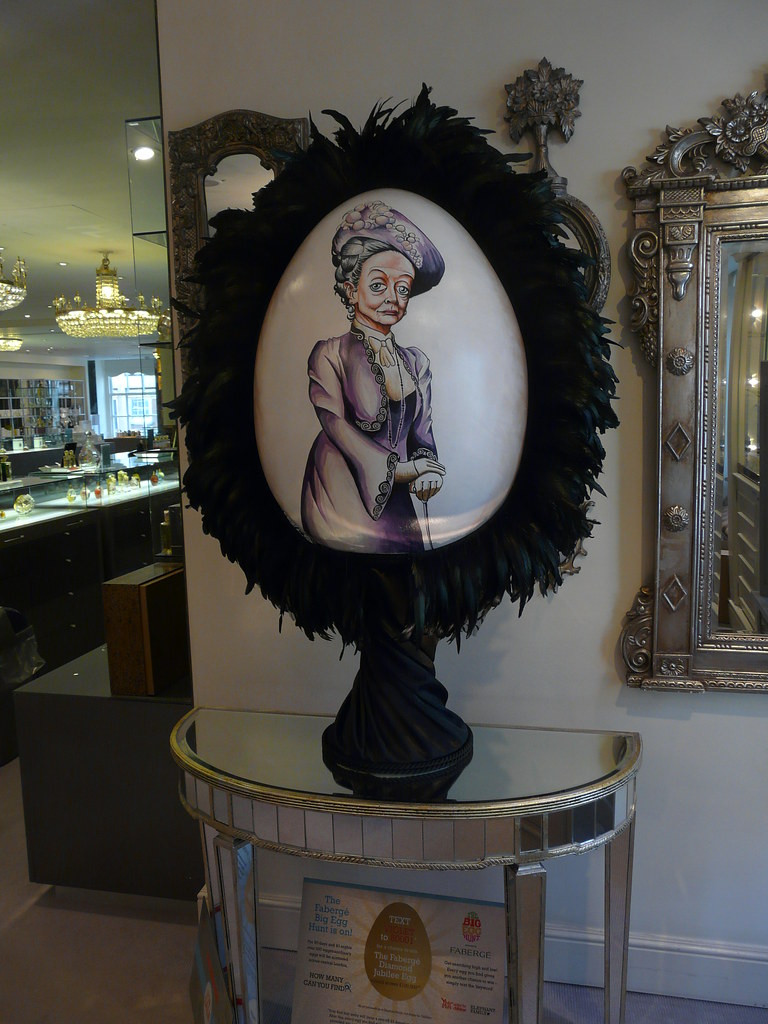
2. **Forging Her Path: Early Stage and Broadway Debuts**At the remarkably young age of 17 in 1952, under the auspices of the Oxford University Dramatic Society, Maggie Smith embarked on her professional stage career. Her debut role as Viola in Shakespeare’s “Twelfth Night” at the Oxford Playhouse immediately showcased her burgeoning talent. This initial performance was a clear indicator of the classical grounding that would distinguish much of her work.
Smith continued to refine her craft through a series of productions at the Oxford Playhouse in the years that followed, demonstrating her versatility in a range of roles. These included appearances in “Cinderella” (1952), “Rookery Nook” (1953), “Cakes and Ale” (1953), and “The Government Inspector” (1954). Her early television experience also began during this period, with an appearance in the programme “Oxford Accents” in 1954.
The year 1956 marked a significant milestone as Smith made her Broadway debut, performing multiple roles in the review “New Faces of ’56” at the Ethel Barrymore Theatre. This experience exposed her to a wider audience and the demanding environment of New York theatre. Subsequently, in 1957, she starred opposite Kenneth Williams in the musical comedy “Share My Lettuce,” further diversifying her repertoire.
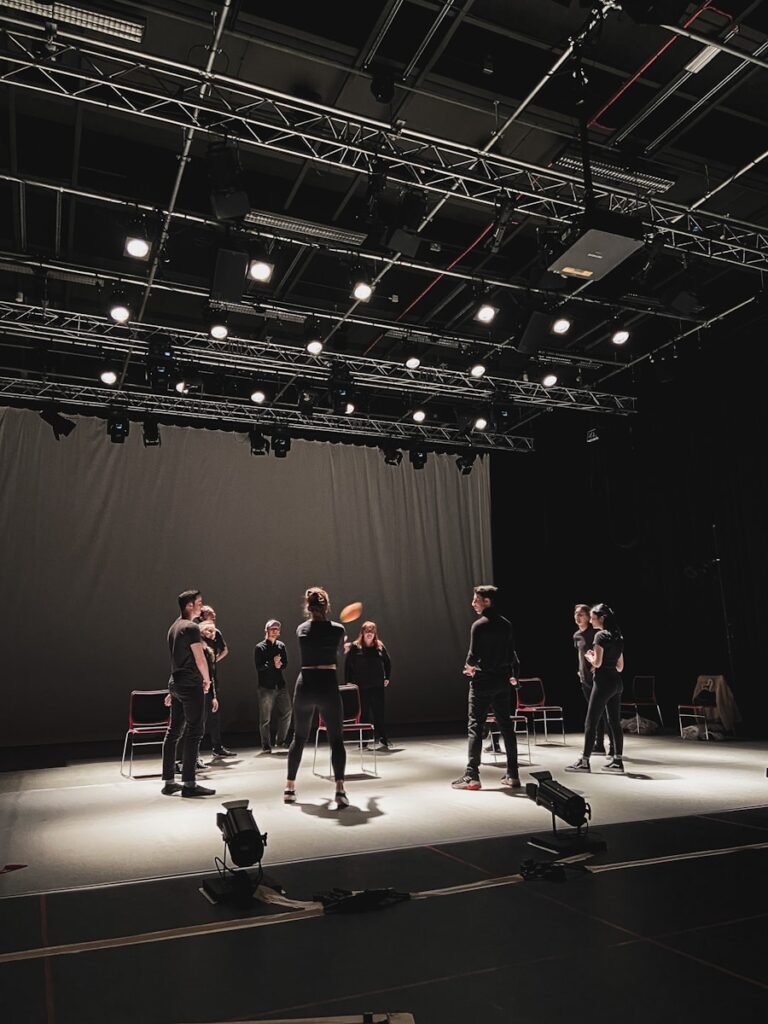
3. **The National Theatre Years: A Dynamic Rivalry with Olivier**The early 1960s saw Maggie Smith earn the first of her record six Best Actress Evening Standard Awards in 1962 for Peter Shaffer’s plays, “The Private Ear” and “The Public Eye.” Her prowess caught Laurence Olivier’s eye, leading to an invitation to join his new National Theatre Company at The Old Vic in 1962. Smith swiftly became a cornerstone, performing alongside Derek Jacobi and Michael Gambon.
A dynamic, professional rivalry developed between Smith and Olivier, as he “knew immediately he’d met his match – that she was extraordinary.” Olivier offered her tragic roles like Desdemona in “Othello,” though their artistic relationship was intense; Smith recalled an incident where Olivier, in character, struck her across the face during a 1964 production.
Her extensive work with Olivier included appearances as Sylvia in “The Recruiting Officer” (1963–64) and Hilde in “The Master Builder” (1964–65). Smith’s 1967 portrayal of Beatrice in Franco Zeffirelli’s television “Much Ado About Nothing,” believed to be the earliest British broadcast of the entire play, further highlighted her profound classical capabilities.
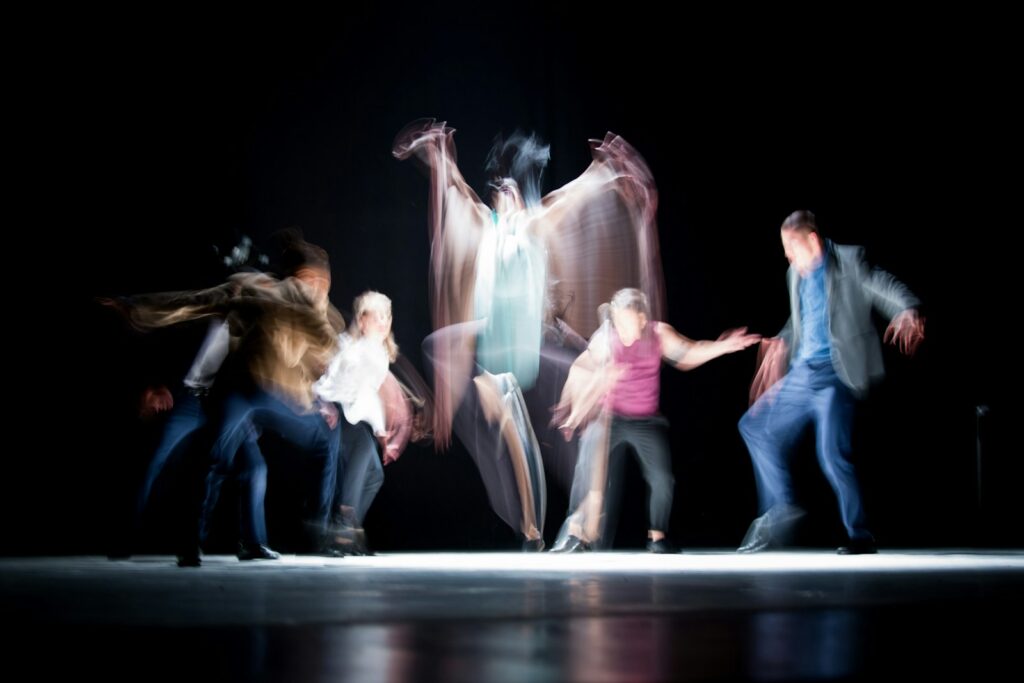
4. **Cinematic Breakthrough: The Prime of Miss Jean Brodie and Her First Oscar**While establishing her stage presence, Maggie Smith also entered film, with an uncredited role in “Child in the House” (1956) and her first BAFTA nomination for “Nowhere to Go” (1959). The 1960s brought significant supporting parts, including “The V.I.P.s” (1963). Her performance as Desdemona in the 1965 film “Othello” earned her first Academy Award nomination for Best Supporting Actress.
Her titular role in the 1969 film “The Prime of Miss Jean Brodie” solidified her as a cinematic star and brought international acclaim. Smith’s portrayal of the unconventional Edinburgh schoolmistress was lauded, with Dave Kehr noting she delivered “one of those technically stunning, emotionally distant performances.”
This critical adoration culminated in Smith winning the Academy Award for Best Actress, a landmark achievement. Greg Ferrara called the film “one of the best British films of the decade,” praising Smith’s performance as “stirring and mesmerizing.” The role also earned her first BAFTA Film Award for Best Actress.
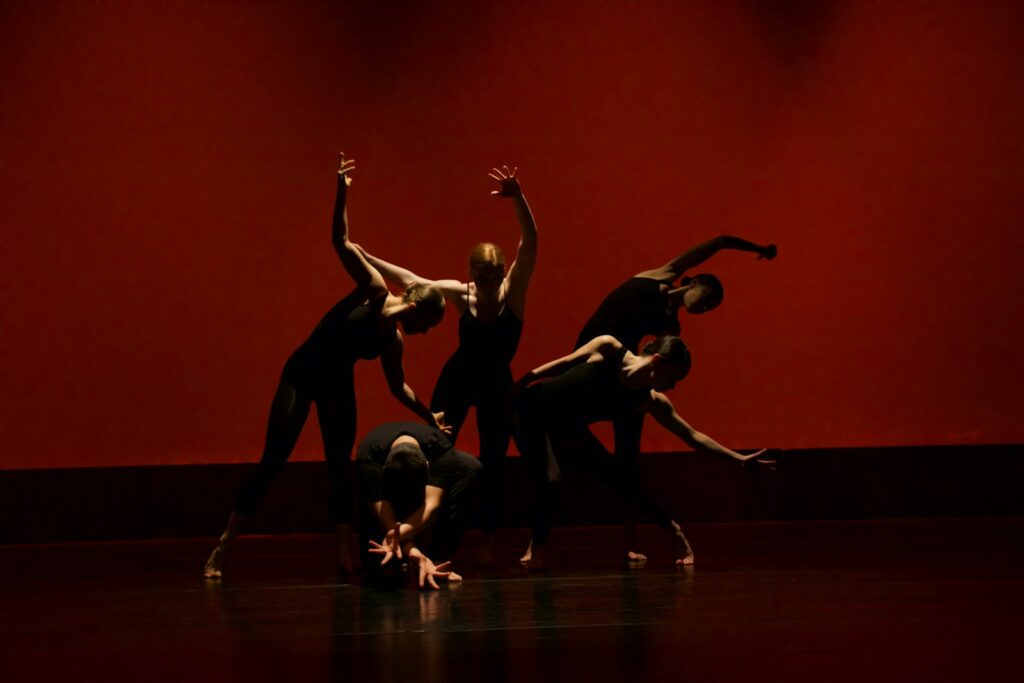
5. **Mastering Broadway and Hollywood Acclaim: From Private Lives to California Suite**Following her Oscar triumph, Maggie Smith commanded the stage, notably taking on “Hedda Gabler” (1970), earning a second Evening Standard Theatre Award. Her return to Broadway in 1975, starring as Amanda Prynne in Noël Coward’s “Private Lives” under John Gielgud, garnered widespread positive reviews.
Critics particularly praised Smith’s exceptional physical comedic skills, with The New York Times noting her body “spins, lurches… the effect… is hilarious, explosively so.” This captivating stage presence earned her a first Tony Award nomination, cementing her gift for comedic timing. Concurrently, she appeared in “Travels with My Aunt” (1972), earning her third Academy Award nomination.
The latter 1970s brought notable film roles in “Murder by Death” (1976) and “Death on the Nile” (1978). Her performance opposite Michael Caine in Neil Simon’s “California Suite” (1978) delivered her second Academy Award, for Best Supporting Actress. She portrayed an Oscar loser, becoming “the only person to have won an Oscar for portraying a fictional Oscar nominee,” also securing her first Golden Globe Award.

6. **The Stratford Shakespeare Festival Era: A Return to Classical Roots**From 1976 to 1980, Maggie Smith embarked on a significant and highly acclaimed period at the Stratford Shakespeare Festival in Stratford, Ontario. This engagement allowed her to return to classical texts, embodying iconic female roles in the Shakespearean canon, met with widespread critical admiration.
During her tenure, Smith delivered memorable portrayals, including a commanding Cleopatra in “Anthony and Cleopatra” (1976) and dual roles of Titania and Hippolyta in “A Midsummer Night’s Dream” (1977). She also took on Queen Elizabeth in “Richard III” (1977), showcasing her versatility in both comedic and majestic registers.
Her classical journey continued as Rosalind in “As You Like It” and the formidable Lady Macbeth in “Macbeth” (1978), reinforcing her mastery of heightened dramatic language. Following Stratford, Smith returned to Broadway in 1979 for Tom Stoppard’s “Night and Day,” earning her a second Tony Award for Best Actress in a Play nomination.

7. **Diverse Roles and Awards in the 1980s: From Quartet to A Room with a View**The 1980s proved a period of immense versatility and continued acclaim for Maggie Smith, as she navigated between television, film, and stage. On television, she earned two Best Actress BAFTA TV Award nominations, for Mrs. Silly in “All for Love” (1983) and Susan in Alan Bennett’s “Talking Heads” series, “A Bed Among the Lentils.”
Her film career included the Merchant Ivory film “Quartet” (1981), earning her a sixth BAFTA Award nomination, and genre roles in “Clash of the Titans” (1981) and “Evil Under the Sun” (1982). A comedic triumph was her role as Joyce Chilvers in “A Private Function” (1984), earning her a second Best Actress BAFTA Film Award, despite the challenges of working with “unpredictable and often quite dangerous” pigs on set.
On stage, Smith secured her third and fourth Evening Standard Theatre Awards for Best Actress, for “Virginia” (1981) and “The Way of the World” (1984). A significant stage role was in “Lettice and Lovage” (1987), written for her by Peter Shaffer, for which she won the Tony Award for Best Actress in a Play on Broadway in 1990.
The decade culminated in her critically acclaimed cinematic performance as Charlotte Bartlett in “A Room with a View” (1985). This Merchant Ivory production earned universal acclaim, eight Academy Award nominations, and for Smith, a fifth Oscar nomination, her second Golden Globe, and her third British Academy Film Award for Best Actress. She secured her fourth BAFTA Film Award for “The Lonely Passion of Judith Hearne” (1987), solidifying her legendary status.

8. **Global Resurgence: The Harry Potter Era and Beyond (2000s)**The turn of the millennium brought Dame Maggie Smith to a vast new generation of fans, cementing her global icon status through her unforgettable portrayal of Professor Minerva McGonagall in the ‘Harry Potter’ film series. From 2001 to 2011, Smith became synonymous with the stern yet fiercely protective Head of Gryffindor, a role that author J.K. Rowling herself had specifically requested for the acclaimed actress. This iconic character allowed Smith to demonstrate her formidable presence and blend of authority and warmth to an audience spanning the globe.
Smith appeared in seven of the eight ‘Harry Potter’ films, reuniting with Daniel Radcliffe, who played the titular role, having previously worked with him in the BBC television adaptation of Charles Dickens’ novel ‘David Copperfield’ in 1999, where she portrayed Betsey Trotwood. Her commitment to the role, even amidst personal challenges, further highlighted her dedication. The filming experience was notably impactful, with Smith sharing her experiences of working on the films and with fellow legendary actor Alan Rickman.
Beyond Hogwarts, this period also saw Smith continuing to challenge herself artistically. In 2003, she earned a Primetime Emmy Award for her role in the HBO film ‘My House in Umbria’, showcasing her enduring ability to deliver captivating performances in diverse projects. Her work during this decade laid the groundwork for an even greater resurgence that would soon follow, further expanding her already legendary repertoire.
9. **The Downton Abbey Phenomenon: Violet Crawley’s Reign**If ‘Harry Potter’ introduced Dame Maggie Smith to new global audiences, ‘Downton Abbey’ solidified her as an international cultural phenomenon. Her portrayal of Violet Crawley, the Dowager Countess, from 2010 to 2015, brought her newfound attention and widespread critical acclaim, captivating millions with her sharp wit, impeccable comedic timing, and unimpeachable gravitas. The character became one of television’s most beloved, a testament to Smith’s extraordinary ability to command a scene with just a glance or a perfectly delivered line.
The role garnered her immense recognition, including three Primetime Emmy Awards, and extended to subsequent ‘Downton Abbey’ films, like ‘Downton Abbey: A New Era’ in 2021, where the Dowager Countess’s character died. This cinematic continuation ensured her presence lived on, even as the narrative paid tribute to her indelible mark.
Her colleagues on set spoke often of her unique charm and intellect. Michelle Dockery remembered Smith as ‘whip-smart’ and ‘incredibly funny,’ recalling her ingenious use of a cane to keep distance during filming. Hugh Bonneville and Julian Fellowes noted her leadership within the company, emphasizing her ‘genuine affection and compassion’ for the younger cast, despite her legendary ‘scathing wit.’ Her playful spirit also shone through in games of Bananagrams and a known love for professional tennis, cementing her status as a cherished presence both on and off camera.

10. **Quiet Strength: Navigating Personal Health Battles**Behind the dazzling performances and sharp-tongued characters, Dame Maggie Smith navigated significant personal health challenges with remarkable fortitude and privacy. Her journey was marked by several serious diagnoses that she faced with quiet determination, revealing details about them only as she chose.
In January 1988, while performing in ‘Lettice and Lovage’, Smith was diagnosed with Graves’ disease, an autoimmune disorder. This condition presented symptoms including irritability, fatigue, and a noticeable change in eye shape, leading to a ‘protrusion of the eyeballs.’ Smith candidly told The New York Times she thought she ‘looked absolutely frightening.’ Despite having recently broken her arm, she completed her year-long contract before isolating for a year to undergo radiotherapy and optical surgery.
Later, in 2007, during the filming of ‘Harry Potter and the Half-Blood Prince’, Smith received a breast cancer diagnosis. She endured two years of ‘hideous’ chemotherapy and radiation, which caused hair loss and necessitated wearing a wig on set. Smith was candid about the toll, stating, ‘It kind of takes the wind out of your sails,’ and expressed fear about theatre’s energy demands post-treatment. She also dealt with glaucoma in one eye and underwent hip replacement surgery in 2016. These largely private battles highlight the extraordinary strength and professionalism behind her enduring career.
Read more about: Terri Irwin’s Enduring Strength: Navigating Family Rifts and Upholding a Legacy in the Wake of Loss

11. **Beyond the Stage: Family, Love, and Personal Reflections**While Dame Maggie Smith’s professional life was a grand spectacle, her personal life, though intensely private, provided the anchors of family, love, and quiet reflection. These intimate dimensions of her existence shaped the woman behind the formidable characters.
Smith was married twice. Her first marriage to actor Robert Stephens on June 29, 1967, brought two sons, Chris Larkin (b. 1967) and Toby Stephens (b. 1969), both actors. They divorced on April 6, 1975. Later that year, Smith married playwright Beverley Cross. Their marriage lasted until Cross’s death on March 20, 1998, a significant loss. She was a loving grandmother to five grandchildren.
Reflecting on life after being widowed, Smith admitted in 2013, ‘it seems a bit pointless, going on on one’s own, and not having someone to share it with.’ She also mused on her career longevity, telling NPR in 2016 that as a character actor, she had the unique opportunity to gracefully age into roles as mothers and grandmothers, continually developing her talents. This perspective underscored her enduring appeal throughout her career.
Read more about: John Amos: Celebrating the Enduring Legacy of a Groundbreaking Actor and Cultural Icon

12. **A Heart for Giving: Maggie Smith’s Philanthropic Legacy**Beyond her unparalleled contributions to the arts, Dame Maggie Smith extended her compassion to numerous charitable causes, demonstrating a profound commitment to making a positive impact. Her philanthropic efforts supported artistic institutions, aided those in need, and advocated for health awareness.
In September 2011, Smith lent her influence to rebuild the Court Theatre in Christchurch, New Zealand, after earthquake damage. She became a patron of the International Glaucoma Association (now Glaucoma UK) in July 2012, raising awareness for the condition she lived with. She also remained a patron of her alma mater, the Oxford Playhouse, and a vice-president of the Royal Theatrical Fund, which supports entertainment professionals.
Her charitable spirit also manifested in unique ways. In November 2012, she contributed a drawing for the Celebrity Paw Auction benefiting Cats Protection. In May 2013, she decorated a gnome for an auction aiding the Royal Horticultural Society Campaign for School Gardening. Furthermore, she participated in significant virtual events, including ‘For One Knight Only’ in 2020 for Acting for Others and a 2021 streaming event for The Royal Theatrical Fund. These diverse efforts underscored her genuine desire to use her platform for good.
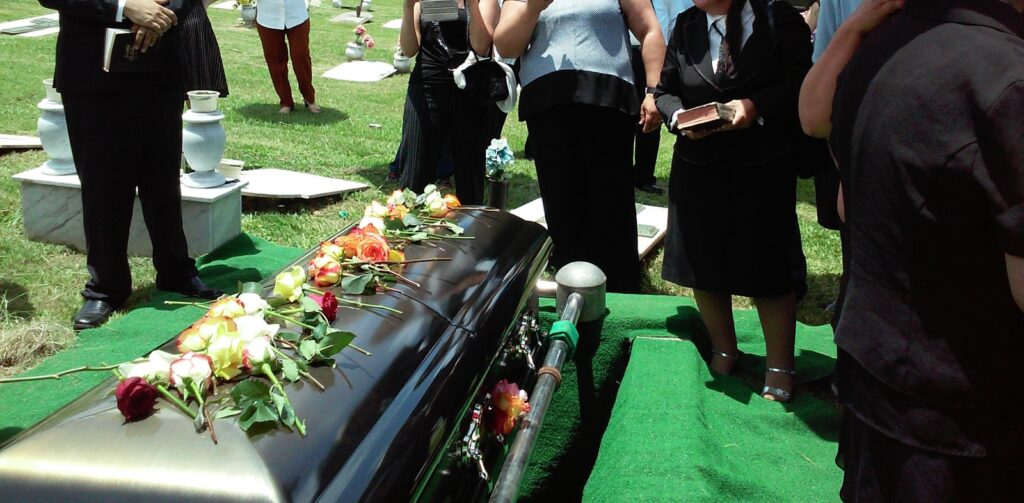
13. **A World in Mourning: Tributes to a National Treasure**Dame Maggie Smith’s passing on September 27, 2024, at the Chelsea and Westminster Hospital in London, marked the end of an era and prompted an outpouring of heartfelt tributes worldwide. At 89, her death united royalty, politicians, and countless entertainment figures in commemorating her extraordinary life and indelible legacy.
King Charles III released a poignant statement, acknowledging her as a ‘national treasure’ whose ‘warmth and wit… shone through both on and off the stage.’ UK Prime Minister Sir Keir Starmer echoed this sentiment. From the entertainment industry, Daniel Radcliffe, her ‘Harry Potter’ co-star, called her a ‘legend.’ Emma Watson praised her as ‘real, honest, funny and self-honouring.’ Dame Helen Mirren, who worked with Smith in ‘Gosford Park’, compared her to Queen Elizabeth II, stating, ‘she was one of the greatest actresses of the past century.’
Further tributes poured in from J. K. Rowling, Julian Fellowes, and numerous co-stars including Rupert Grint, Bonnie Wright, Hugh Bonneville, and Michelle Dockery. Other prominent figures like Viola Davis, Mia Farrow, and Paul McCartney also shared their remembrances. As a mark of profound respect, theatres across London’s West End and Broadway dimmed their lights. Her private funeral took place on November 4, and a memorial sign at the Warner Bros. Studio Tour London stands as a lasting tribute to her magical legacy.
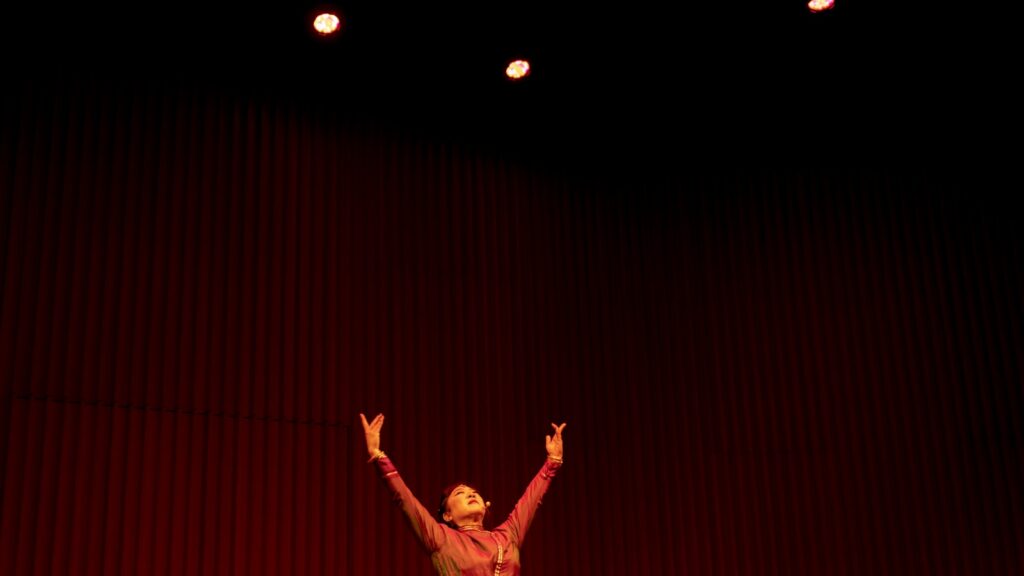
14. **An Enduring Legacy: The Undeniable Mark of Dame Maggie Smith**The passing of Dame Maggie Smith at 89 has left an irreplaceable void in global entertainment, but her legacy, rich with over seven decades of transformative performances, will undoubtedly resonate for generations. Her unparalleled career was a masterclass in versatility, marked by a rare ability to embody characters with ‘corrosive wit and unimpeachable gravitas,’ making her one of Britain’s most recognizable and prolific actresses.
Smith’s distinction as one of the few performers to achieve the Triple Crown of Acting speaks volumes about her extraordinary talent across stage and screen. From foundational classical roles to iconic portrayals like Minerva McGonagall and the Dowager Countess Violet Crawley, she consistently captivated audiences and critics, leaving an indelible mark on every project she touched.
Read more about: Beyond the Name: Celebrating the Enduring Legacies of Remarkable Individuals Named Richard
Her quiet resilience in battling health challenges, profound humanity, and extensive philanthropic work further defined her spirit. The widespread tributes from royalty, leaders, and stars underscored her universal impact, solidifying her status as a beloved ‘national treasure.’ Dame Maggie Smith was, and will forever remain, a towering figure in acting, a true legend whose unforgettable performances continue to inspire and entertain.




